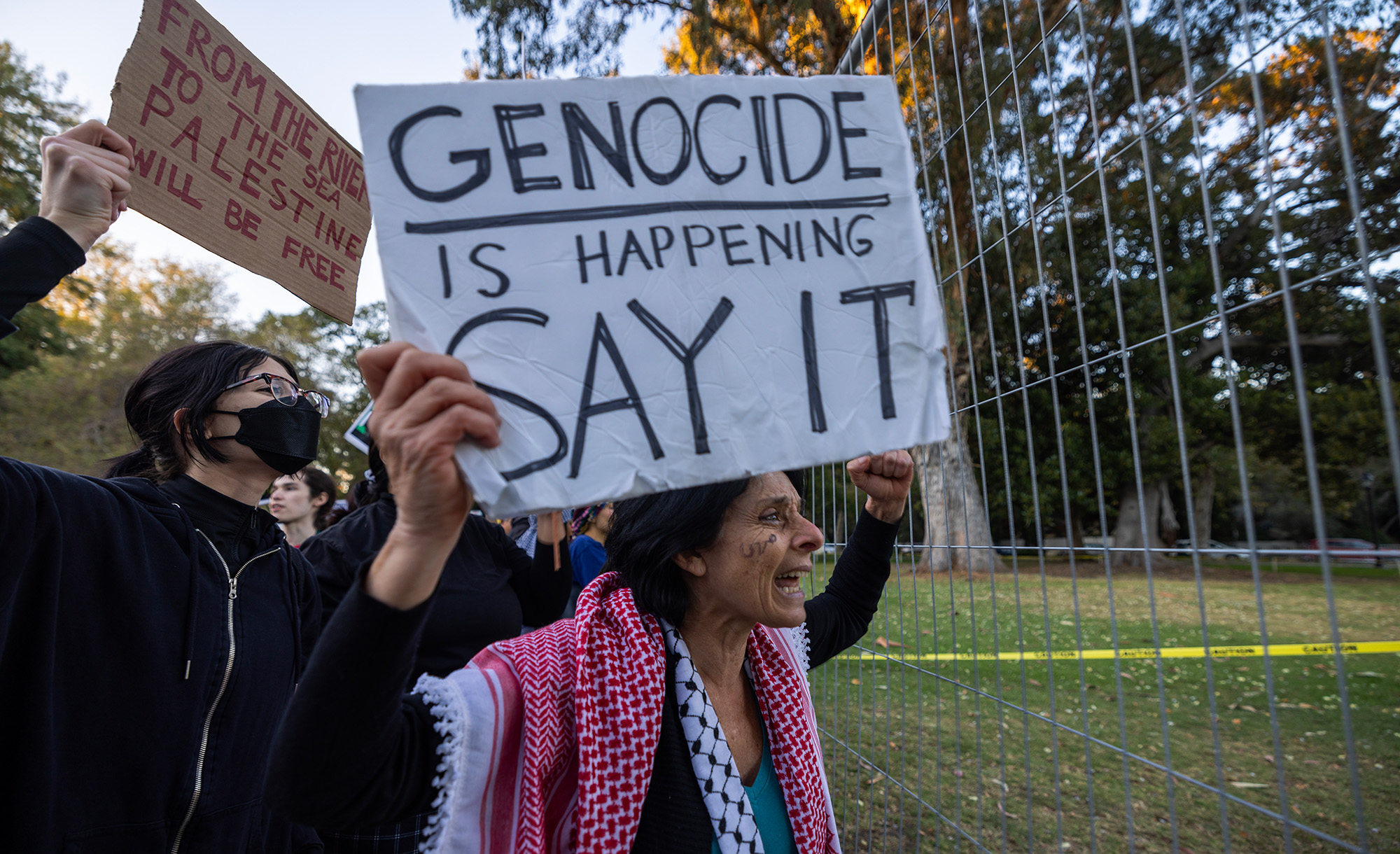During Benjamin Netanyahu’s long tenure in office, and contrary to widespread perceptions that he is anti-Arab, the Jewish state’s Arab citizens have seen major social and economic improvements. Netanyahu himself displayed his characteristic savvy and tenacity in pushing through an important 2015 measure to increase government investment in Arab communities. Drawing on an interview with Ron Gerlitz—a staunchly leftist activist who advised the government in devising and implementing these policies—Netta Ahituv explains what they have accomplished. (Free registration required.)
Over the past seven years, according to the Central Bureau of Statistics, the number of Arab students enrolled in universities and colleges in Israel has risen by 80 percent. Over five years the number of Arabs studying computer sciences, and the number of Arab students pursuing master’s degrees in all fields have both jumped 50 percent, while the number studying for a PhD has soared 60 percent.
In the last decade, the number of Arabs working in high-tech has increased eighteenfold, and one-quarter of them are women. . . . The proportion of Arab doctors in Israel has climbed from 10 percent in 2008 to 15 percent in 2018, and 21 percent of all male doctors are Arab, according to the Health Ministry. Educational institutions in Arab locales are receiving unprecedented levels of funding—including 130 million shekels ($37 million) for informal-education programs. Moreover, public transportation is finally making inroads into the smaller Arab towns, to the point where the Bank of Israel recently declared that the gap in access to such transport between Jewish and Arab locales with fewer than 20,000 residents has shrunk considerably.
In the interview, Gerlitz notes that some of the ministries that have contributed the most to these improvements have done so under the direction of right-swing politicians, such as Likud’s Yisrael Katz and the Orthodox Shas party’s Aryeh Deri. And he notes other kinds of good news as well, including major changes in the labor market:
Government investment, on the one hand, and a new spirit in Israeli Arab society, on the other, has led to Arabs enrolling in higher education and working in both the public and private sectors; [in fact], the proportion of Arab civil servants rose from 5.7 percent in 2007 to 11.3 percent in 2017.
To this Gerlitz adds changes in attitudes: Arabic has become more common in the public square; Arabs, secular Jews, and religious Jews share public beaches together without any sign of friction; and Arab graduate students teach Jewish undergraduates at universities.
More about: Benjamin Netanyahu, Israeli Arabs, Israeli economy, Israeli society, Likud


